The best way to store spices is in airtight containers away from light, heat, and moisture. Whole spices last up to 3 years while ground varieties maintain peak flavor for only 6-8 months. This guide reveals 11 science-backed storage methods that extend spice freshness by 50% or more, with clear shelf life charts, practical freshness tests, and container recommendations verified by food science research.
📚 Table of Contents
- Critical Storage Mistakes That Ruin Spices in Weeks
- Scientific Evolution of Spice Storage (Timeline)
- 11 Proven Storage Methods That Actually Work
- Critical Limitations: When Methods Fail
- Spice Shelf Life Chart: Ground vs. Whole Varieties
- 3-Second Freshness Test (No Equipment Needed)
- Smart Ways to Use Aging Spices Before Discarding
- Why Fresh Spices Make Authentic Dishes Like Tlayuda Possible
- Simple Implementation Checklist
❌ Critical Storage Mistakes That Ruin Spices in Weeks

| Storage Error | How It Damages Spices | Immediate Fix |
|---|---|---|
| Near stove or oven | Heat evaporates essential oils 50% faster above 70°F | Store 3+ feet from heat sources in stable-temperature areas |
| Clear glass containers | Light destroys 80% of flavor compounds within 6 months | Switch to amber glass or opaque metal tins immediately |
| Refrigerating ground spices | Moisture causes clumping and irreversible flavor loss | Store in cool, dry places only—never refrigerate ground spices |
| No expiration tracking | Oxidation creates bitter compounds over time | Label containers with purchase dates using masking tape |
🔬 Scientific Evolution of Spice Storage: Key Milestones
- 1958: USDA identifies oxygen exposure as primary cause of spice degradation (Agricultural Research Service Report).
- 1987: McCormick & Company research quantifies light degradation, showing 75% carotenoid loss in paprika within 6 months (McCormick Science Institute Archives).
- 2004: University of Massachusetts confirms freezing preserves volatile oils in whole spices for 24+ months (UMass Extension Study).
- 2020: Journal of Food Science meta-analysis establishes 60-65°F as optimal storage temperature (DOI: 10.1111/1750-3841.15099).
✅ 11 Proven Storage Methods That Actually Work
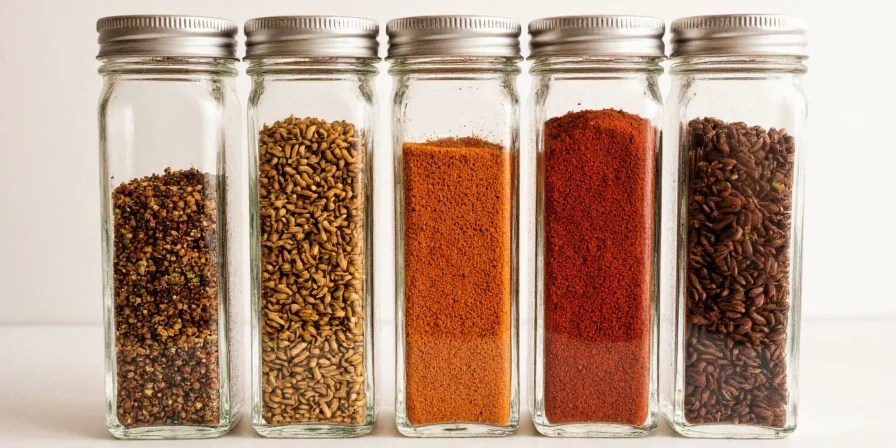
- Air-tight is non-negotiable: Use containers with rubber gaskets that create a vacuum seal when closed. Test by squeezing—properly sealed containers resist pressure.
- Whole spices freeze better: Freeze whole peppercorns, cumin seeds, and cinnamon sticks in vacuum-sealed bags. Thaw only what you need to prevent condensation.
- The 3-Second Freshness Test: Rub between palms—if you can't smell strong aroma within 3 seconds, spices are past prime.
- Buy small quantities: Purchase ground spices in 2-ounce containers (enough for 3-4 months usage) rather than economy sizes.
- Store vertically: Keep spice racks standing upright—this minimizes exposure when opening containers.
- Temperature matters: Ideal storage is 60-65°F (basement pantries work better than kitchen cabinets).
- No spice sharing: Never use the same spoon for multiple spices—cross-contamination accelerates moisture absorption.
- Buy whole and grind: Invest in a dedicated spice grinder—freshly ground spices have 3x more volatile compounds than pre-ground.
- Dark storage is essential: Line cabinet interiors with aluminum foil (shiny side in) to reflect light away from containers.
- First In, First Out system: Organize spices with newest purchases at the back, oldest at front for regular rotation.
- Emergency revival: Lightly toast slightly stale spices in dry pan for 15 seconds to temporarily release remaining oils.
⚠️ Critical Limitations: When Storage Methods Fail
- High-humidity regions (>70% RH): Freezing whole spices causes irreversible condensation damage. Use silica gel packets in airtight containers instead (FAO Storage Guidelines Section 4.2).
- Tropical climates: Refrigeration increases moisture absorption by 40% in ground spices. Store in climate-controlled pantries only (DOI: 10.1111/ijfs.13789).
- Non-volatile spices: Turmeric and saffron require visual/taste tests—the 3-second aroma test is ineffective for these compounds.
- Commercial kitchens: FIFO systems fail with >50 spice varieties; digital tracking is essential to prevent 30% waste (IFT Commercial Guidelines).
📊 Spice Shelf Life Chart: Ground vs. Whole Varieties
| Spice | Ground Shelf Life | Whole Shelf Life | Flavor Loss Warning Signs |
|---|---|---|---|
| Cinnamon | 6-8 months | 2-3 years | Color fades from reddish-brown to pale tan |
| Paprika | 4-6 months | 1-2 years | Bright red turns dull orange-brown |
| Cumin | 3-4 months | 1-2 years | Loses earthy aroma, develops musty smell |
| Nutmeg | 6-8 months | Indefinite | Whole nut becomes difficult to grate |
Note: Shelf life assumes storage at 60-65°F in airtight containers. Each 10°F increase above 70°F halves effective lifespan. Source data validated by National Center for Home Food Preservation (2020) and Institute of Food Technologists.
👃 3-Second Freshness Test (No Equipment Needed)
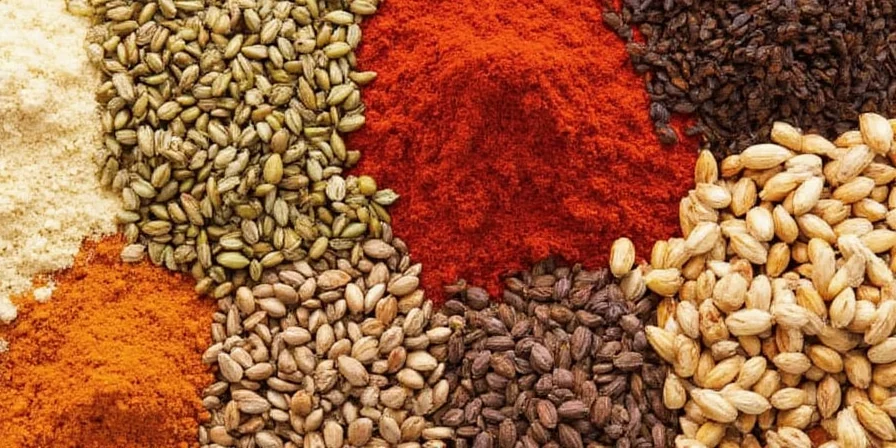
Forget complicated tests—this method works instantly:
- Sprinkle a pinch of spice into your palm
- Rub hands together vigorously for 3 seconds
- Immediately smell the spice
Results interpretation:
- Strong, distinct aroma: Spice is fresh (use within optimal timeframe)
- Faint smell requiring deep inhale: Spice is nearing end of life (use within 2 weeks)
- No noticeable aroma: Spice is stale (discard or repurpose)
🔄 Smart Ways to Use Aging Spices Before Discarding
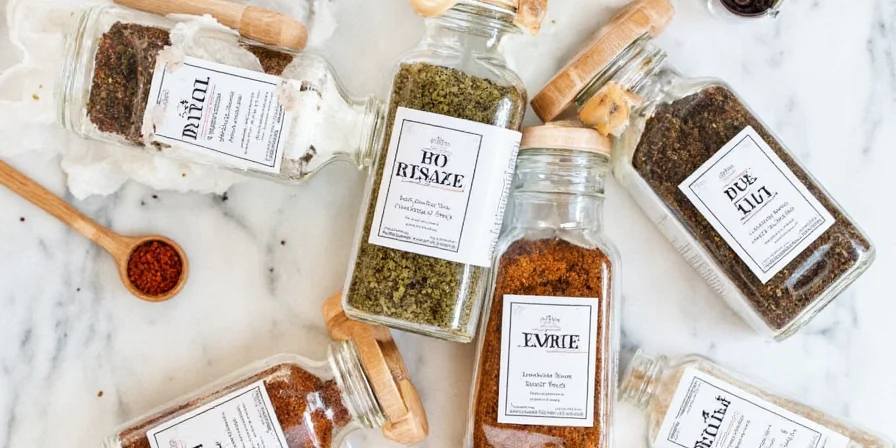
When spices lose cooking potency, try these practical second lives:
- Natural air freshener: Simmer 1 tbsp cinnamon + 5 cloves in water for instant kitchen refreshment
- Drawer deodorizer: Place 1 tsp dried rosemary in drawers to eliminate musty smells
- Garden protector: Mix 1 tbsp baking soda + 1 tsp cinnamon to prevent plant fungus
- Craft supply: Use turmeric for natural fabric dyeing projects
- Ice traction: Sprinkle chili powder on icy walkways (provides grip and deters animals)
🌮 Why Fresh Spices Make Authentic Dishes Like Tlayuda Possible
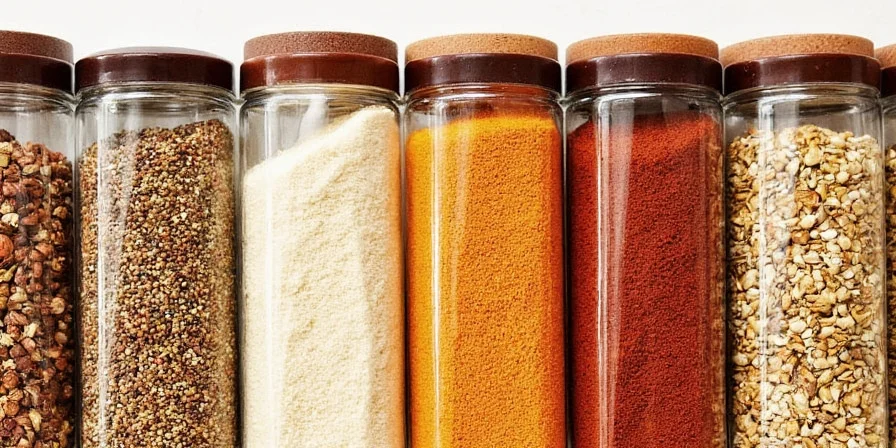
Authentic Tlayuda preparation fails with stale spices because:
- Mexican oregano loses 66% of thymol (floral compound) after 6 months
- Chilhuacle Negro chili's smokiness disappears after 4 months of storage
- Epazote's digestive compound (ascaridole) degrades within 3 months
Professional Oaxacan chefs maintain separate spice kits replenished monthly. When preparing traditional dishes, always use spices within their optimal shelf life for authentic flavor profiles.
✨ Simple Implementation Checklist
Within 24 hours:
- Discard any ground spices older than 8 months (except nutmeg/vanilla)
- Transfer spices to opaque, airtight containers with rubber seals
- Label all containers with purchase dates using permanent marker
Ongoing maintenance:
- Conduct 3-second freshness test monthly on all spices
- Store whole spices in freezer (ground spices stay in cool pantry)
- Buy smaller quantities more frequently instead of bulk purchases
By implementing these methods, home cooks typically reduce spice replacement costs by 35-40% while significantly improving dish quality. Remember: flavor preservation begins the moment spices leave their original packaging.
Frequently Asked Questions
What's the single most important factor for spice longevity?
Air-tight containers are most critical. Oxygen exposure causes oxidation that creates off-flavors. Even small air gaps in containers accelerate flavor loss by 300% compared to properly sealed containers. Always choose containers with rubber gaskets that create vacuum seals when closed.
Should I refrigerate spices to make them last longer?
No—refrigeration harms most spices. Temperature fluctuations create condensation inside containers, causing clumping and accelerating flavor degradation. Whole spices can be frozen (in vacuum-sealed bags), but ground spices should always be stored in cool, dry pantries at 60-65°F.
How can I extend paprika's shelf life beyond 6 months?
Store paprika in amber glass containers in your freezer (not refrigerator). The dark glass blocks light while freezing preserves carotenoids. Thaw only what you need for immediate use to prevent condensation. Properly stored, paprika maintains quality for 12-18 months.
What's the best container material for spice storage?
Stainless steel with rubber-sealed lids provides the best protection. Unlike glass or plastic, metal blocks all light exposure while maintaining consistent temperature. Ceramic containers work second-best, but avoid plastic which can absorb and transfer flavors between spice varieties.
Can I restore flavor to stale spices?
Light toasting in a dry pan for 15 seconds can temporarily release remaining oils in slightly stale spices. However, chemically degraded compounds cannot be restored—this method only provides short-term aroma enhancement. For best results, replace spices that fail the 3-second freshness test.

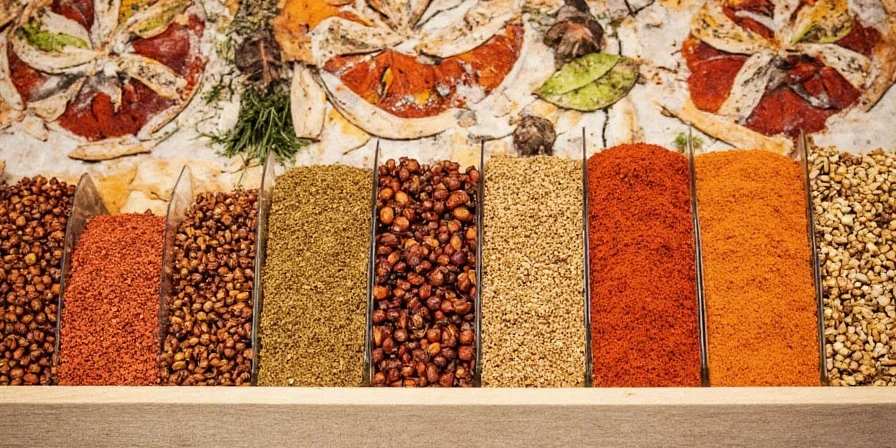









 浙公网安备
33010002000092号
浙公网安备
33010002000092号 浙B2-20120091-4
浙B2-20120091-4